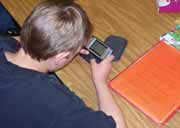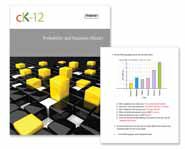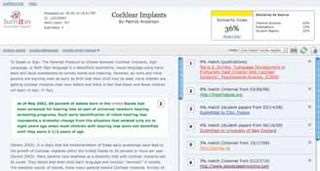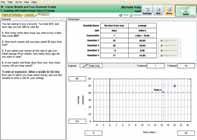Math scores rise with use of interactive programs
CHALLENGE: Like many school districts across the country, Raytown School District, near Kansas City, Missouri, was experiencing a downward trend on state math assessment-test scores as students progressed to higher grade levels.
SOLUTION: In 2006, the district expanded its use of Carnegie Learning Math Programs as part of its school-improvement effort, which is aimed at demonstrating AYP objectives.
Going mobile


CHALLENGE: St. Marys City Schools in Ohio were trying to level the playing field in terms of technology for all students and educators so that all students would have Internet access, word processing-capabilities, and many GoKnow applications. The schools also wanted to expand their mobilelearning project.
SOLUTION: Every thirdto sixth-grade student in the school district uses a smartphone for their mobile projects in every subject. After the students complete an assignment on their smartphones, they are able to sync their work so the teacher can grade it. Next year the district will have more than 900 mobile learning devices and will expand the program to include seventh grade. At some point in the future, the school hopes to have a mobile-learning device in the hand of every student from third grade through 12th.
Textbook deathwatch

CHALLENGE: In light of extreme budget cuts, California introduced a free digital textbook initiative.
SOLUTION: CK–12 (http://ck12.org), a key supporter of the first phase of California’s initiative, now has nine books listed with the state. All five digital textbooks submitted by the CK–12 Foundation have met 100 percent of the California content standards. As the foundation expands the reach of its free open-source content across the nation, it has been working to align FlexBook content with the standards of many of the 50 states.
Preventing plagiarism, creating good writers

CHALLENGE: The Millard Public Schools are home to Nebraska’s first International Baccalaureate curriculum. As part of this curriculum, they had to ensure that material turned in was the students’ original work.
SOLUTION: The district began using Turnitin software, a service that determines the originality of texts by comparing them with an internal database and Net-wide searches. This led Millard to implement the same company’s WriteCycle to help students learn to paraphrase and cite sources. “Collaborative writing, supported by WriteCycle, gives them new motivation,” librarian Donna Helvering says. “Scores on standardized tests confirm how well our students are doing.”

